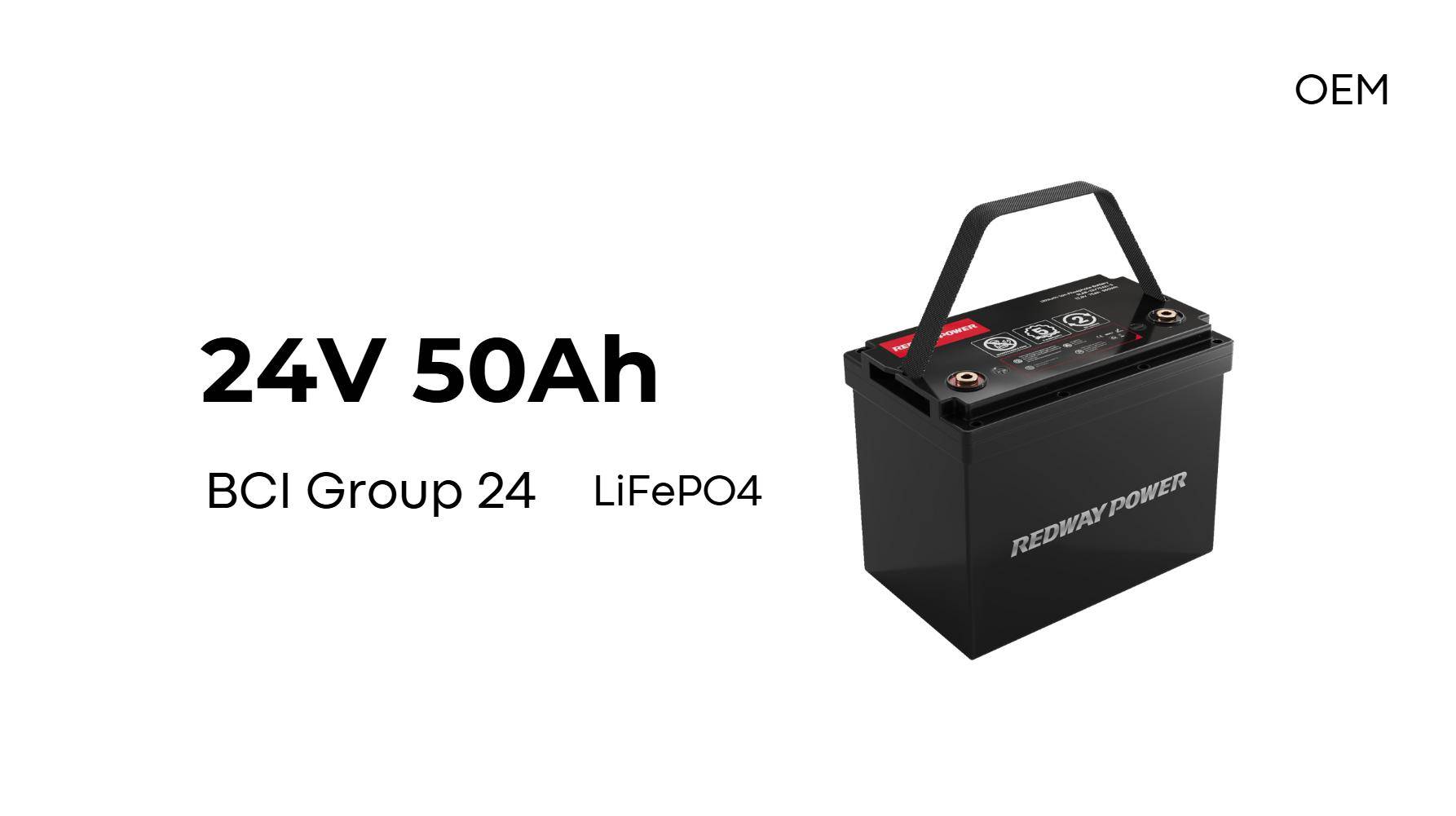
Blog
How to Download the BCI Battery White Paper: Industry Insights and Resources

The BCI Battery White Paper provides technical guidelines, market forecasts, and sustainability frameworks for battery industry stakeholders. To download it, visit the Battery Council International (BCI) website, complete a registration form, and access free or member-exclusive resources. The document covers lithium-ion advancements, recycling protocols, and regulatory compliance strategies.
What Is the BCI Battery White Paper and Why Is It Important?
The BCI Battery White Paper is a technical manifesto detailing global battery production standards, innovation roadmaps, and environmental compliance frameworks. It serves as a critical resource for manufacturers, policymakers, and researchers seeking data-driven insights into energy density optimization, circular economy practices, and supply chain resilience. Its importance lies in harmonizing industry practices amid evolving electrification demands.
How to Access BCI Industry Reports and Technical Resources?
Access requires visiting BCI’s official portal, navigating to the “Resources” section, and selecting “White Papers.” Non-members provide basic contact details for limited access, while members log in for full reports. Technical resources include CAD files for battery designs, electrochemical datasets, and lifecycle analysis tools. Download speeds vary based on file size, with PDFs averaging 15–25 MB.
For enterprises requiring bulk downloads, BCI offers prioritized FTP access to members with tiered subscriptions. Recent upgrades to their portal include API integration for automated data pulls into enterprise resource planning (ERP) systems. A common hurdle first-time users face is certificate authentication—ensure your organization’s IP address is whitelisted if accessing via corporate networks. Technical support responds within 4 business hours for download-related issues.
| Access Tier | Download Limits | File Types |
|---|---|---|
| Guest | 2 reports/month | PDF only |
| Silver Member | 15 reports/month | PDF + Excel |
| Platinum Member | Unlimited | All formats + CAD |
What Are the Key Findings in the 2023 BCI Battery Report?
The 2023 report highlights solid-state battery commercialization timelines, cobalt supply chain risks, and AI-driven quality control systems. Key metrics include a 17% year-over-year increase in lithium iron phosphate (LFP) adoption and a 40% reduction in lead-acid battery recycling costs. The document also warns of nickel shortages projected for 2027–2030 across EV battery sectors.
Which Industries Benefit Most from BCI Technical Documents?
Automotive OEMs, grid-scale energy storage providers, and aerospace engineers rely on BCI documents for thermal management protocols and failure mode analyses. Secondary beneficiaries include raw material traders using BCI’s price trend models and ESG auditors applying its carbon accounting methodologies. The mining sector utilizes geolocation data for ethical sourcing compliance.
How Does the BCI White Paper Address Battery Recycling Challenges?
The paper proposes a closed-loop hydrometallurgical process recovering 95% of lithium, nickel, and cobalt from spent batteries. It critiques pyrometallurgical methods’ energy inefficiency and advocates for blockchain-enabled material tracking systems. Case studies demonstrate 30% cost savings via localized recycling hubs in the EU and North America.
Know more:
What Are the Key BCI Battery Industry Trends Shaping 2025?
Latest Breakthroughs in BCI Battery Technology
What Drives Global Demand and Supply in the BCI Battery Market?
What Were the Key Highlights of the 2025 BCI Battery Exhibition in Birmingham
What Are the Most Impactful BCI Battery Customer Success Stories
How to Download the BCI Battery White Paper: Industry Insights and Resources
What Future Trends Does the BCI Predict for Battery Technology?
BCI forecasts sodium-ion dominance in stationary storage by 2028, silicon anode commercialization by 2026, and hydrogen fuel cell-battery hybrids for long-haul trucks. The report emphasizes dry electrode manufacturing’s role in reducing gigafactory emissions and predicts 500 Wh/kg cells using lithium-sulfur chemistry post-2030.
Emerging partnerships between battery manufacturers and mining companies aim to secure anode-grade graphite supplies through 2035. The white paper also highlights government incentives for adopting cell-to-pack architectures, which reduce module assembly costs by 22%. A notable blind spot in current R&D, according to BCI analysts, is the lack of standardization in fast-charging protocols beyond 350 kW systems.
| Technology | Projected Commercialization | Energy Density Gain |
|---|---|---|
| Sodium-Ion | 2026–2028 | 160 Wh/kg |
| Lithium-Sulfur | 2030+ | 500 Wh/kg |
| Solid-State | 2027–2029 | 400 Wh/kg |
How to Interpret BCI’s Global Market Analysis for Strategic Planning?
Cross-reference regional demand forecasts with BCI’s policy risk scores—Asia-Pacific scores 8.2/10 for growth but 6.5/10 for regulatory stability. Use their patent analysis matrices to identify white-space R&D opportunities. The “Cost per Cycle” metric helps compare battery chemistries under fluctuating electricity pricing models.
“BCI’s white papers bridge academic research and industrial application like no other resource. Their 2023 traction battery degradation models have become our gold standard for warranty calculations. However, I’d caution against overlooking the supplementary datasets—the real gems are in the cycling performance tables under different DOD regimes.”
— Dr. Elena Torres, CTO at Volticell Solutions
FAQ
- Is the BCI White Paper free to download?
- Partial content is available gratis after registration. Full access requires BCI membership ($2,500–$15,000 annually based on company size).
- How often does BCI update its technical reports?
- Major revisions occur biennially, with interim updates quarterly. Subscribe to their technical bulletin for change notifications.
- Can startups benefit from BCI resources?
- Absolutely. The startup toolkit includes battery prototyping checklists, safety certification roadmaps, and investor pitch templates derived from BCI data.



